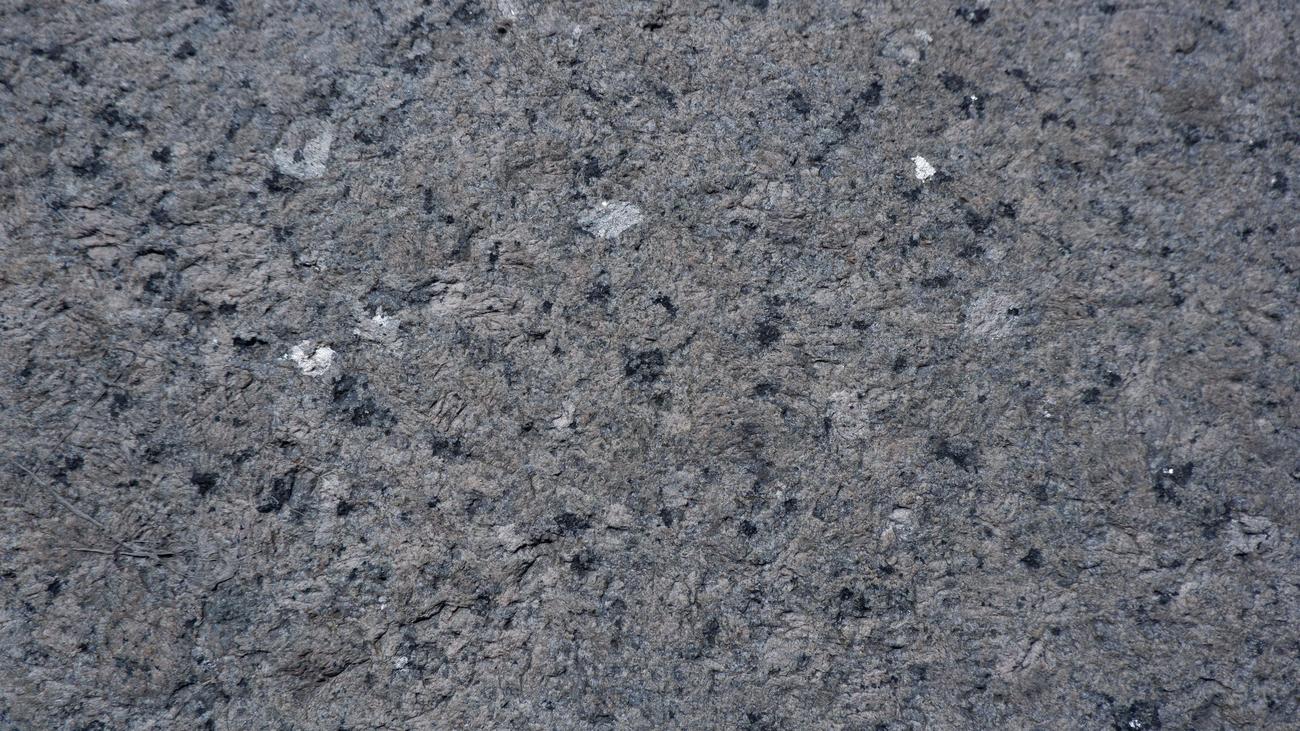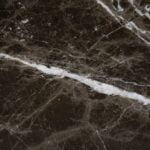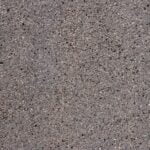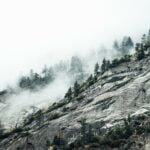Are you ready to embark on an awe-inspiring journey into the secrets of our planet’s geological past? Join me as we unravel the captivating mysteries behind one of nature’s greatest wonders – granite. In this article, we will delve deep into the intricate processes that shape this remarkable rock, exploring the fascinating phenomena that have contributed to its formation and transformation over millions of years. Prepare to be enthralled by the hidden world beneath our feet and gain a newfound appreciation for the remarkable geological processes that have shaped our planet’s landscapes. Get ready to discover the mesmerizing story of granite and the forces that have sculpted it into the majestic rock we know today.

Geological Processes Shaping Granite
Granite, with its mesmerizing beauty and intricate patterns, holds within it a fascinating tale of the Earth’s evolution. The formation and transformation of this magnificent rock are driven by a culmination of geological processes that have occurred over millions of years. Let’s embark on a journey into the secrets of granite’s formation and unravel the intricate processes that shape it.
1. Magma Melting and Granite Formation
At the heart of granite’s creation lies the melting of magma deep beneath the Earth’s surface. As molten rock rises towards the surface, it cools and solidifies, forming granite. This process occurs over long periods, allowing the growth of large crystal grains within the rock. The slow cooling of granite gives it its characteristic coarse texture, making it a popular choice for both practical and aesthetic purposes.
“The formation of granite starts with the melting of magma beneath the Earth’s surface, a process that takes place over significant periods. This slow cooling allows for the superior growth of crystals, resulting in the coarse texture we associate with this remarkable rock.”
2. Plate Tectonics and Granite Exposure
The exposure of granite on the Earth’s surface is made possible by the dynamic movements of tectonic plates. These plates collide, creating immense pressure and high temperatures within the Earth’s crust. This environment is crucial for the formation and transformation of granite. Over time, the rise of granite rocks and erosion of sedimentary rocks above them lead to the exposure of granite outcrops.
“The movement of tectonic plates contributes to the exposure of granite on the Earth’s surface. This is accompanied by the alteration and erosion of sedimentary rocks, ultimately revealing the majestic granite outcrops we see today.”
3. The Marvel of Granite’s Composition
Composed primarily of minerals such as feldspar, quartz, and mica, granite’s mineral composition can vary, giving rise to an array of colors. From the sparkling whites to the deep blues and vibrant pinks, the mineral composition and rate of cooling play a crucial role in the coloration of granite. Furthermore, the texture and grain size of granite can differ based on its location and the conditions under which it formed.
“Granite’s stunning array of colors is attributed to its varying mineral composition and the rate at which it cools. The texture and grain size of granite can also vary depending on its specific location and the conditions it formed under, contributing to its unique characteristics.”
4. Transformations of Granite: The Role of Heat and Pressure
The story of granite doesn’t end with its formation. Over time, geological processes such as heat and pressure can shape and alter granite, giving rise to new rock formations. One such example is gneiss, which forms from the alteration of granite under intense heat and pressure. This metamorphic rock showcases the transformative power of geological processes, highlighting the dynamic nature of Earth’s crust.
“Through geologic processes involving intense heat and pressure, granite can undergo transformations, leading to the creation of new rock forms such as gneiss. This showcases the ever-changing nature of our planet’s crust and the immense power of geological forces.”
As we delve into the depths of time, the secrets of granite’s formation and transformation are slowly revealed. The geological processes at play, from the melting of magma to the exposure and alteration of granite, offer a glimpse into the Earth’s history and the forces that shape it. By understanding these processes, we gain a deeper appreciation and awe for the wonders of our planet’s past.
“Unraveling the geological secrets behind granite’s formation allows us to witness the incredible journey that rocks undertake over millions of years. Through the processes of melting, exposure, and transformation, granite showcases the dynamic nature of our planet and the marvels that lie beneath its surface.”
Granite rock is an incredibly fascinating subject that holds a wealth of important facts waiting to be discovered. Whether you’re a geology enthusiast or simply interested in learning something new and intriguing, you won’t be disappointed with what you uncover. Dive into the world of granite rock and explore its mesmerizing formations, historical significance, and unique properties. To begin your journey, click on this active internal link: Important Facts About Granite Rock. Prepare to be amazed as you delve deep into the captivating realm of granite rock!

FAQ
Question 1
What is granite and how is it formed?
Answer 1
Granite is a rock that forms from the melting of magma beneath the Earth’s surface. It has a coarse texture and slow cooling allows for the growth of large crystals.
Question 2
What factors contribute to the formation of granite?
Answer 2
High temperatures and pressure deep within the Earth’s crust are required for the formation of granite. The rise of granite rocks and erosion of sedimentary rocks above it also expose granite on the Earth’s surface.
Question 3
What are some common features formed by granite outcrops?
Answer 3
Granite outcrops can form tors, domes, bornhardts, and rounded massifs.
Question 4
What minerals are found in granite?
Answer 4
Granite is composed of minerals such as feldspar, quartz, and mica. The mineral composition of granite can vary, leading to a wide range of colors.
Question 5
Can the texture and grain size of granite vary?
Answer 5
Yes, the texture and grain size of granite can vary depending on the location and formation conditions.
- Unlock Filipino Culture: A Deep Dive into Traditions and Practices - April 23, 2025
- Unlock Spanish Culture: Insights & Opportunities Now - April 23, 2025
- White Spirit Uses & Substitutes: A Deep Dive for Pros & DIYers - April 23, 2025
















